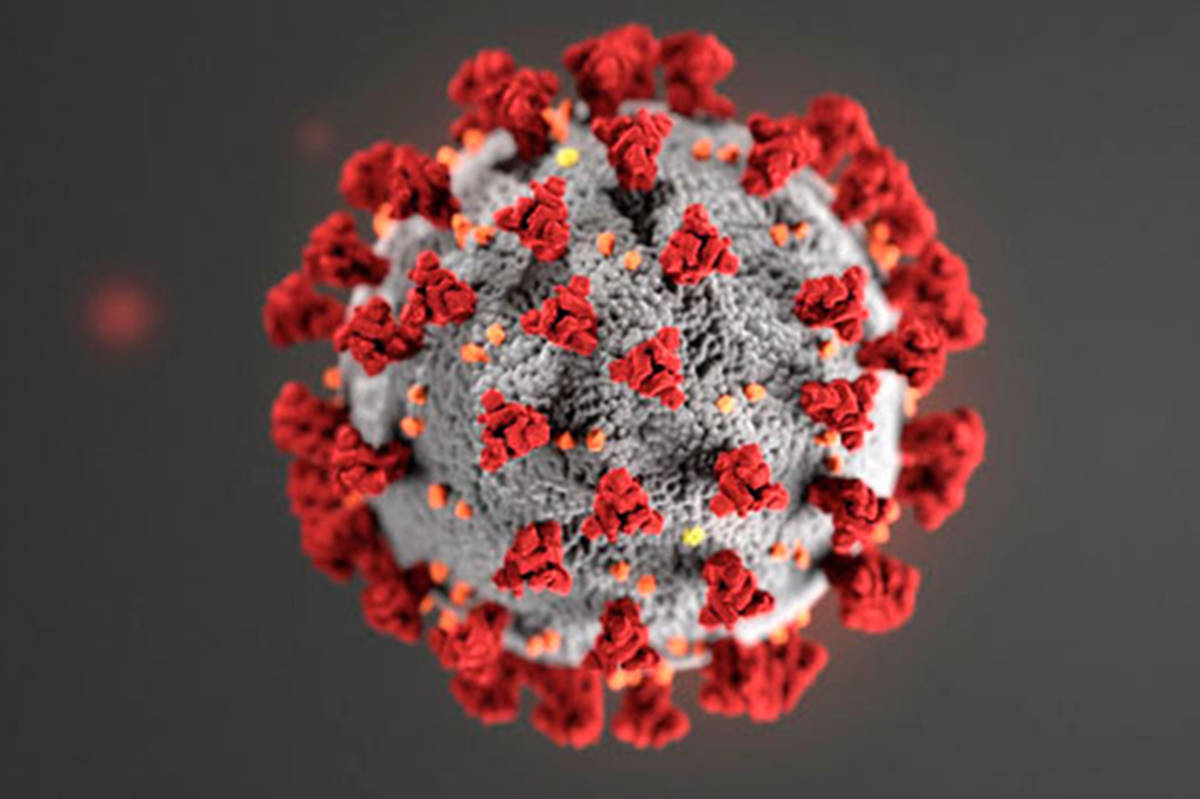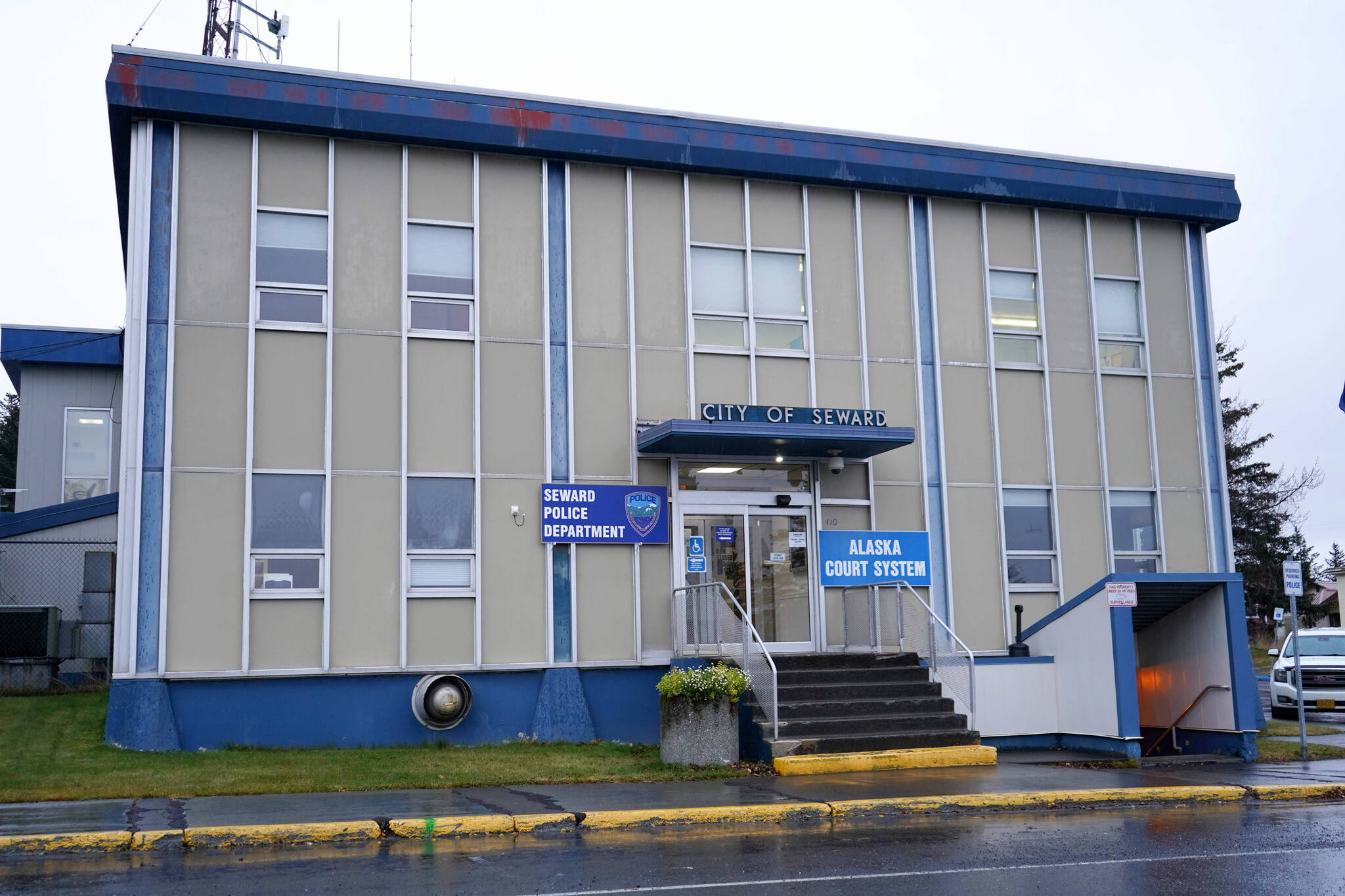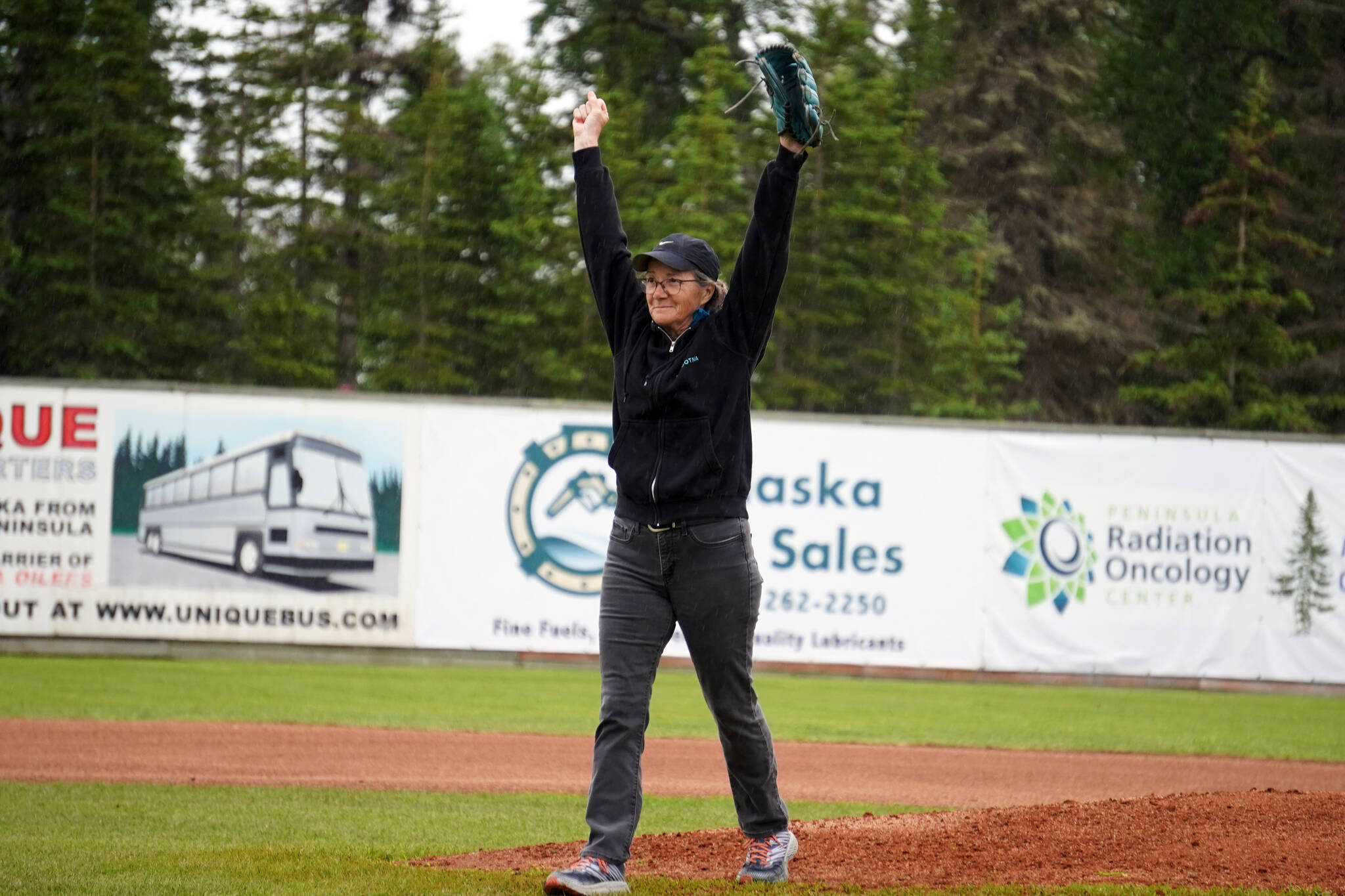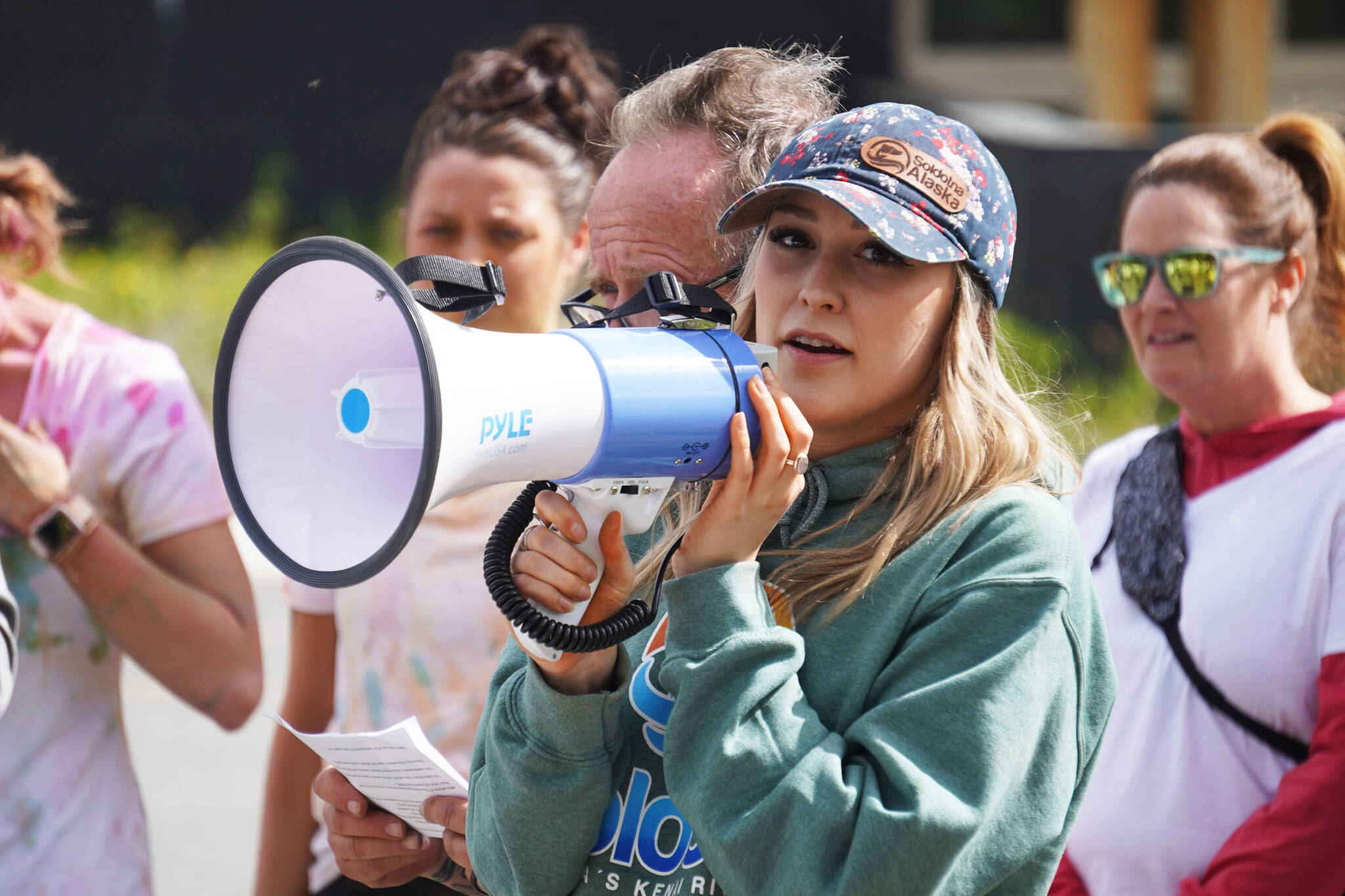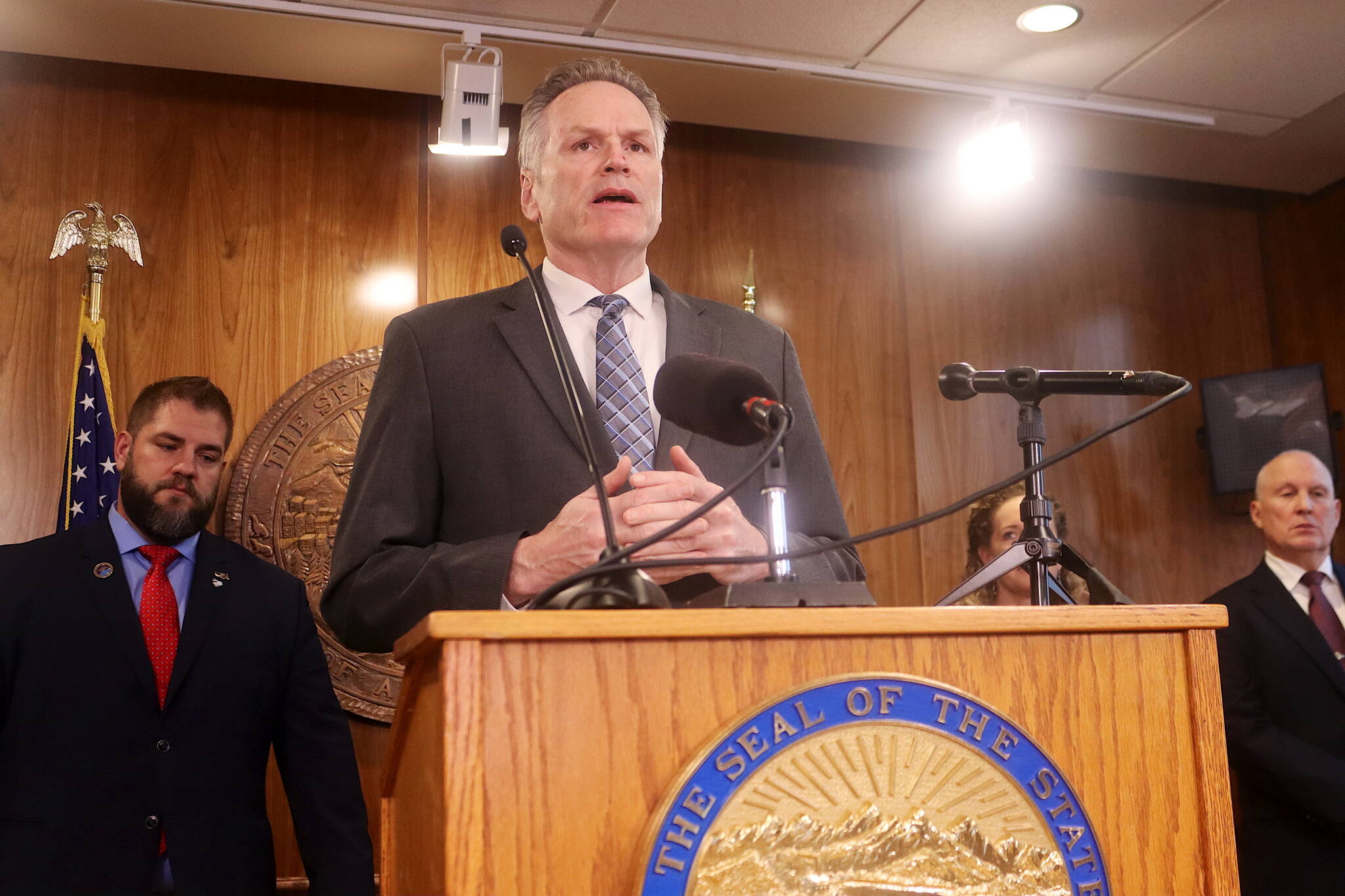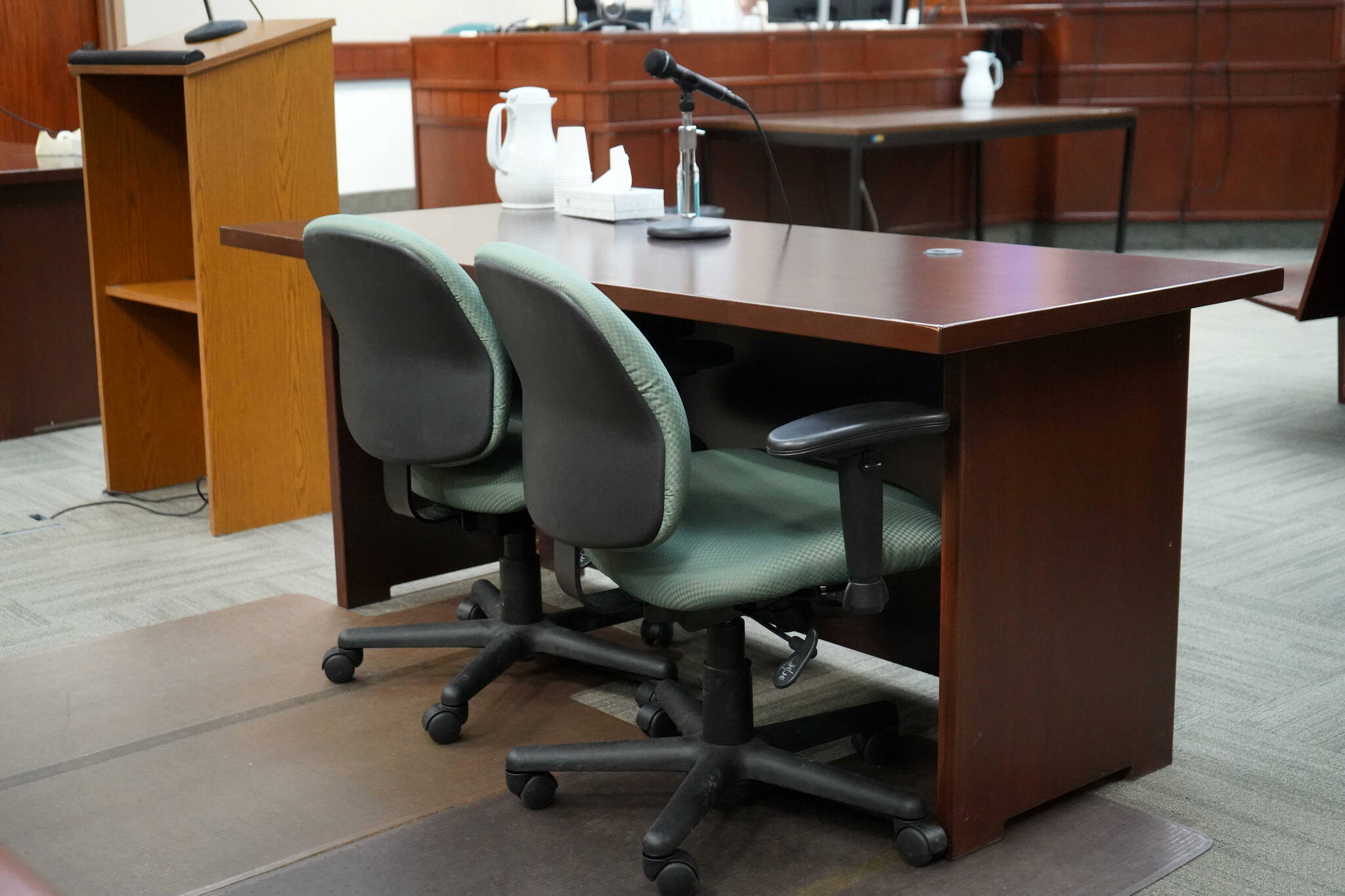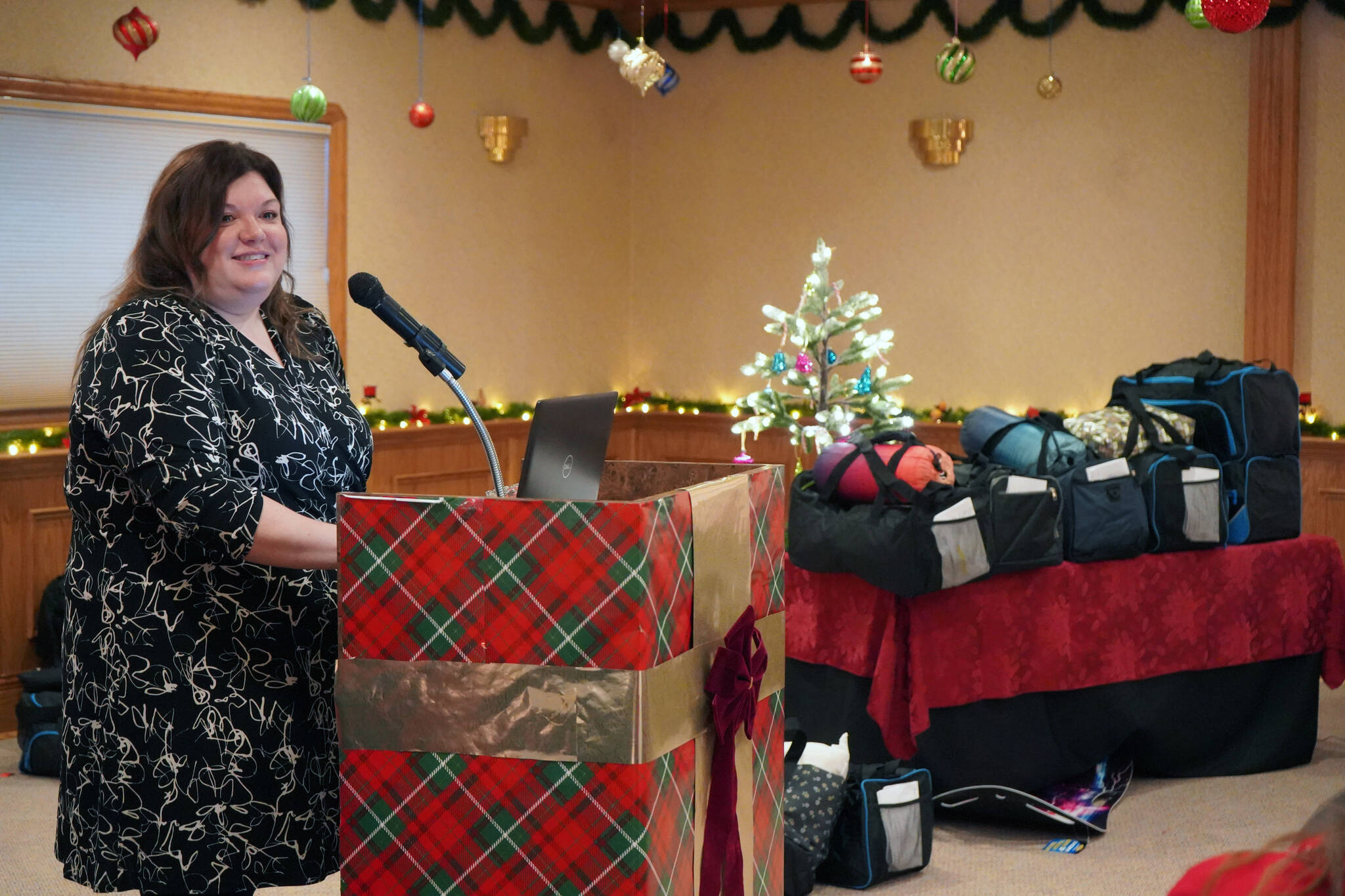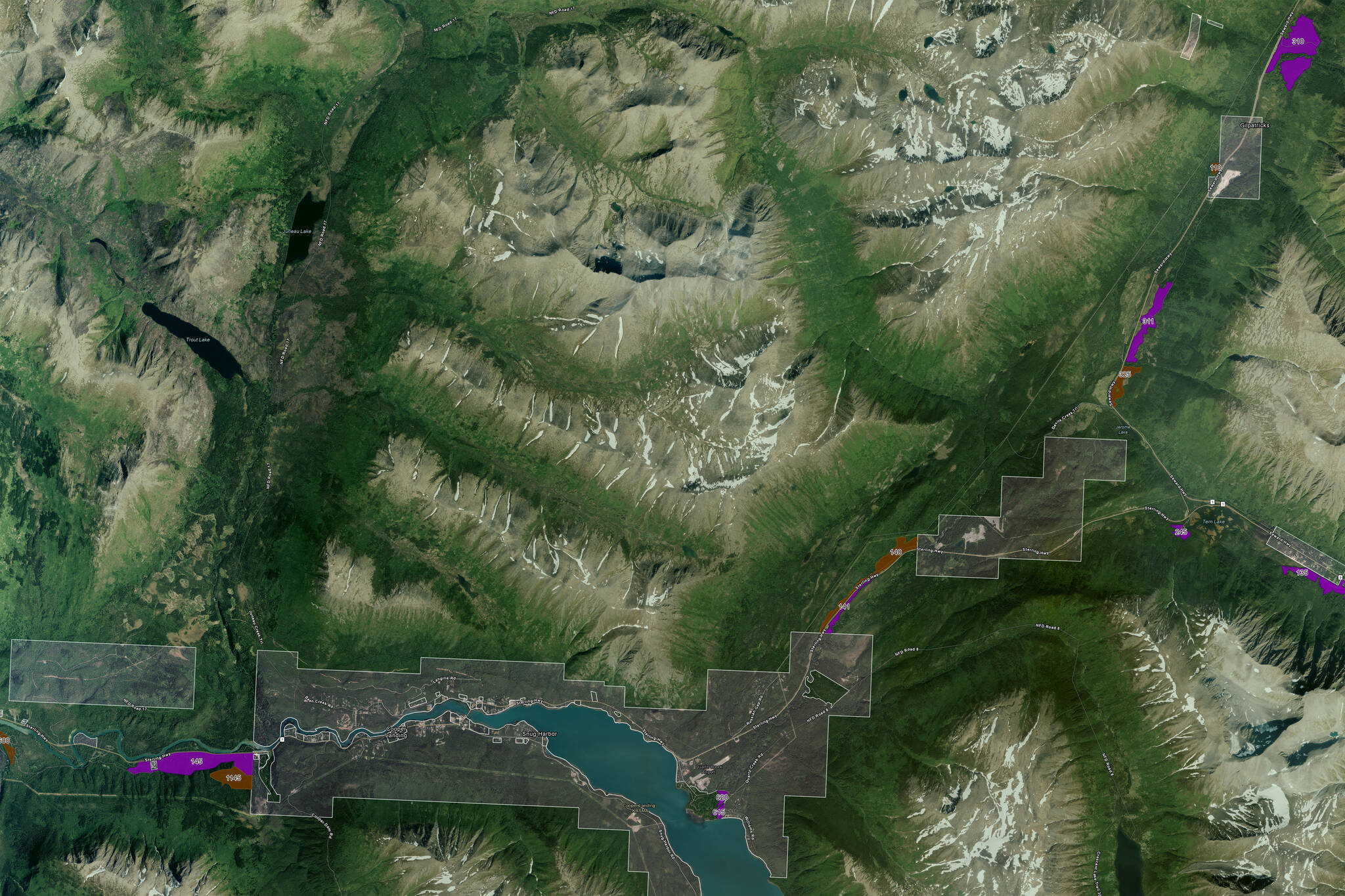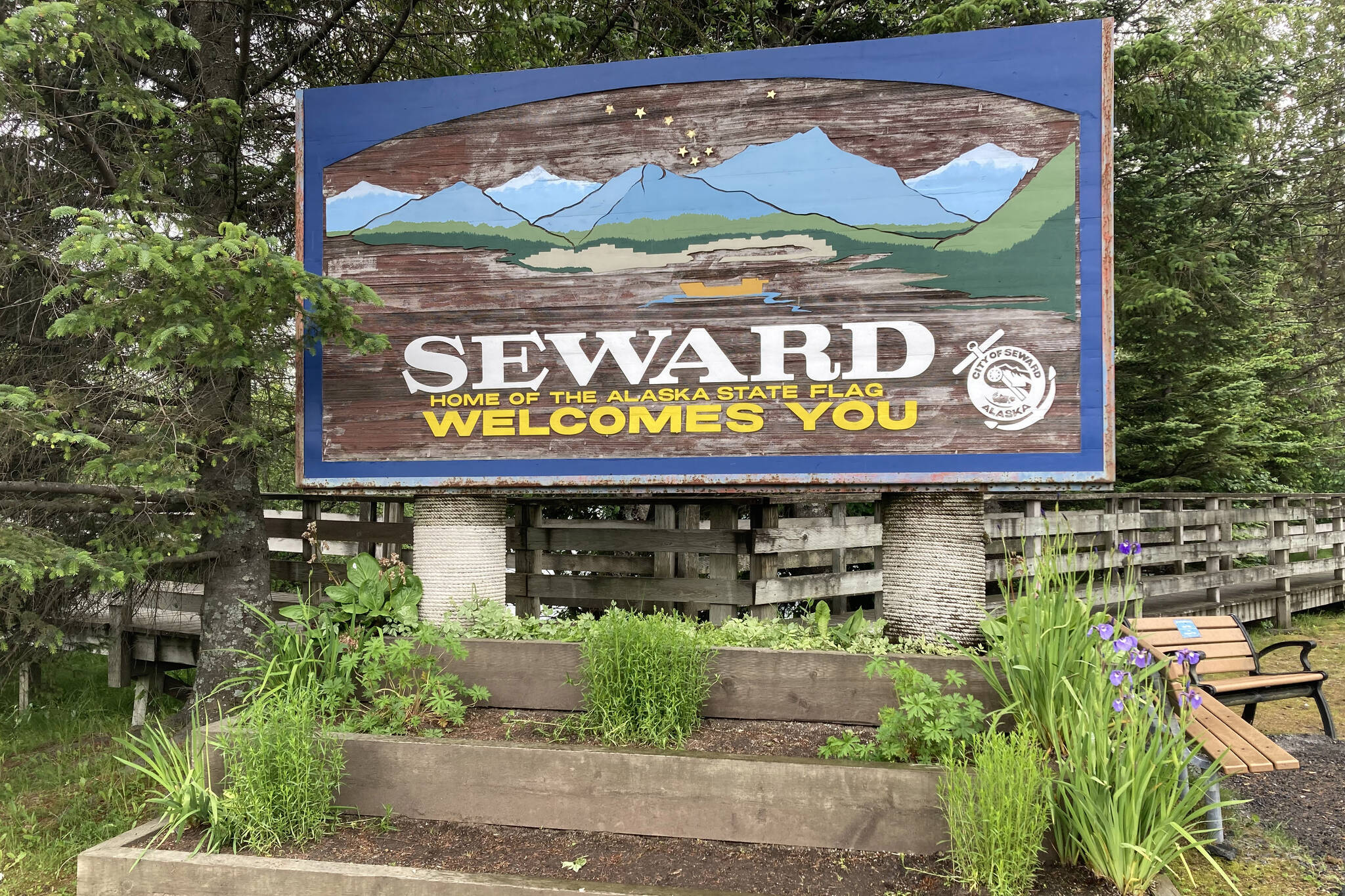Gov. Mike Dunleavy and members of his administration held a virtual town hall Tuesday addressing the COVID-19 pandemic.
The questions were submitted ahead of time by the public and selected by the Dunleavy’s office.
Alaska’s Chief Medical Officer Dr. Anne Zink noted during her presentation that Fairbanks, Anchorage, Juneau and the North Slope are currently experiencing a surge in cases, and the statewide risk level recently jumped from “intermediate” to “high.” Zink said that testing for COVID-19 at the first sign of symptoms is the best approach to preventing spread of the illness.
“If we test early and test quickly, then we can quickly identify new cases and give people the knowledge and power to know that they’ve been infected by this virus and should stay away from others,” Zink said. “Then they can do the work to avoid spreading it to others and we can get on top of it so much more quickly.”
One question asked was about when the additional $300 a week in unemployment insurance will be disbursed by the state. Patsy Wescott, director of the Department of Labor and Workforce Development, said that a date of disbursement is still unknown, but her department is “making significant progress” on getting the money out.
Officials also fielded a question about when the state would be lifting its COVID-19 mandates. Dunleavy noted that most statewide mandates have been lifted since May and that the state was one of the first in the country to be “open for business.”
When asked if Dunleavy would mandate an eventual COVID-19 vaccine, he said he would not. The governor’s team was also asked about the difference between the flu vaccine and the COVID-19 vaccine. Zink noted that the flu vaccine, while it varies in efficacy from year to year, has been around for decades, while the COVID-19 vaccine has yet to be developed, and the risk factors associated with getting a flu vaccine have been well-established.
“If people have an egg allergy, if they’re less than 6 months old, if they’re significantly immunocompromised or if they’re actively sick, they should not be getting (the flu vaccine),” Zink said. Zink also noted that when it comes to the disease itself, the flu tends to impact kids more severely than COVID-19.
Zink and Dr. Joe McLaughlin, the state’s chief epidemiologist, also responded to a question about how a person’s diet can impact the severity of the illness if they get it. McLaughlin said that there have been studies indicating a correlation between vitamin D deficiencies and more severe cases of COVID-19, but the science is still new in that regard. Zink said that, in general, the healthier you are to begin with, the less likely you’ll get severely ill from the disease.
“We see in this disease and many diseases that, the healthier you are as a baseline, the better you do,” Zink said. “So obesity is a risk factor, hypertension or high blood pressure is a risk factor … a lot of those things are modifiable through diet, exercise and taking care of yourself in different ways. So it’s incredibly important, not just for COVID but for many different diseases.”
COVID-19 in Alaska: By the numbers
Alaska’s Department of Health and Social Services announced 43 new COVID-19 cases on Tuesday. All but one of the new cases reported Tuesday were among residents, and were reported in the following communities: Anchorage (22), Kodiak (one), Fairbanks (five), Wasilla (four), Utqiagvik (one), Douglas (one), the Bethel Census Area (five), Bristol Bay plus the Lake and Peninsula Borough (one) and the Kusilvak census area (one).
One nonresident case was identified in Ketchikan, according to the data on Alaska’s Coronavirus Response Hub.
There were no new hospitalizations or deaths announced Tuesday. The state has reported 246 hospitalizations and 44 deaths associated with COVID-19 since March.
Currently, there are 42 COVID-positive patients who are hospitalized. Another two hospitalized patients are under investigation for the disease, according to data reported by 24 hospital facilities across the state. Eight of the COVID-positive patients are being treated on a ventilator.
Statewide, 407,124 COVID-19 tests have been conducted. The average positivity rate of tests that have been processed in the last seven days is 2.11%. A total of 17,894 tests have been conducted on the Kenai Peninsula. The seven-day positivity rate for the peninsula is .13%.
Locally, Central Peninsula Hospital has conducted 5,141 tests with 117 positive, 4,966 negative and 54 pending results. South Peninsula Hospital had conducted 8,430 tests as of Sept. 14, with 113 positive, 8,162 negative and 131 pending results.
Testing locations on the Kenai Peninsula
On the central peninsula, testing is available at Capstone Family Clinic, K-Beach Medical, Soldotna Professional Pharmacy, Central Peninsula Urgent Care, Peninsula Community Health Services, Urgent Care of Soldotna, the Kenai Public Health Center and Odyssey Family Practice. Call Kenai Public Health at 907-335-3400 for information on testing criteria for each location.
In Homer, testing continues to be available from 10 a.m. to 8 p.m. daily at South Peninsula Hospital’s main entrance as well as through SVT Health & Wellness clinics in Homer, Seldovia and Anchor Point. Call ahead at the hospital at 907-235-0235 and at the SVT clinics at 907-226-2228.
In Ninilchik, NTC Community Clinic is providing testing on Monday, Wednesday and Friday. The testing is only for those traveling, symptomatic, needing testing for medical procedures, or with a known exposure after seven days. Only 20 tests will be offered per day. To make an appointment to be tested at the NTC Community Clinic, call 907-567-3970.
In Seward, testing is available at Providence Seward, Seward Community Health Center, Glacier Family Medicine and North Star Health Clinic.
